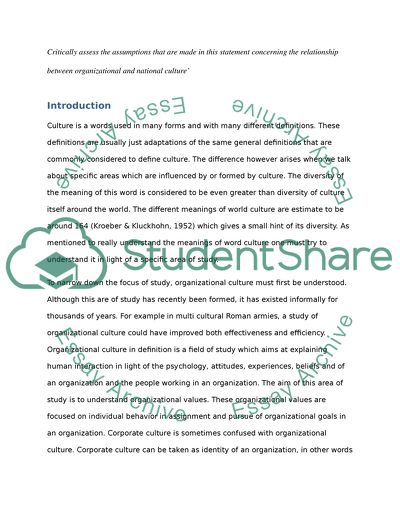Cite this document
(International Differences in Work-Related Values Dissertation, n.d.)
International Differences in Work-Related Values Dissertation. Retrieved from https://studentshare.org/human-resources/1736433-the-relationship-between-organisational-and-national-culture-in-equipos
International Differences in Work-Related Values Dissertation. Retrieved from https://studentshare.org/human-resources/1736433-the-relationship-between-organisational-and-national-culture-in-equipos
(International Differences in Work-Related Values Dissertation)
International Differences in Work-Related Values Dissertation. https://studentshare.org/human-resources/1736433-the-relationship-between-organisational-and-national-culture-in-equipos.
International Differences in Work-Related Values Dissertation. https://studentshare.org/human-resources/1736433-the-relationship-between-organisational-and-national-culture-in-equipos.
“International Differences in Work-Related Values Dissertation”, n.d. https://studentshare.org/human-resources/1736433-the-relationship-between-organisational-and-national-culture-in-equipos.


